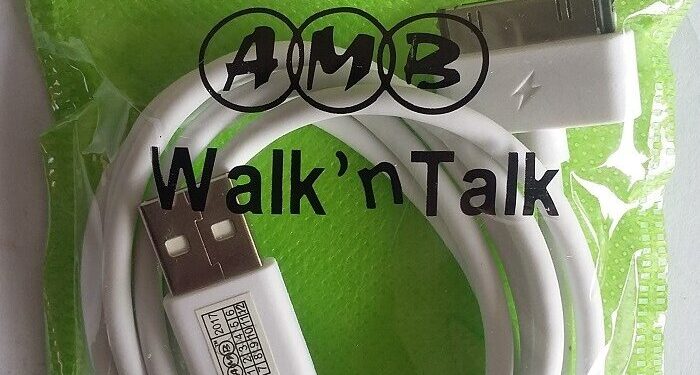In today’s fast-paced digital era, connectivity is the backbone of our tech-driven lives, and Data Cable serves as the silent enablers of this interconnected world. From powering devices to facilitating rapid data transfers, these cables are indispensable in ensuring seamless operations across electronic systems. This guide dives into the essentials of data cables, their types, functions, and tips for efficient usage.
What Are Data Cables?
A Data Cable is essentially a bridge that transmits power and data between devices. Constructed with multiple copper or aluminum wire strands encased in a protective sheath, these cables connect electronics such as smartphones, computers, tablets, and peripherals via specialized connectors at each end.
Types of Data Cables
- USB-A to USB-B
A classic choice, this cable has a rectangular USB-A connector on one end and a square USB-B connector on the other. Widely used for connecting peripherals like printers and scanners, it is a household staple for both personal and office setups. - USB-A to USB-C
Known for its versatility and speed, this cable features a reversible USB-C connector, enabling faster data transfers and broader compatibility. It is ideal for charging and connecting modern smartphones, laptops, and tablets. - Micro-USB
While USB-C is gaining traction, micro-USB cables remain popular for smaller devices such as Bluetooth speakers, older smartphones, and portable gadgets, thanks to their compact size and affordability. - Lightning Cable
Exclusive to Apple devices, the Lightning cable combines sleek design with durability. It supports charging and data synchronization for iPhones, iPads, and iPods. - Thunderbolt Cable
For those requiring exceptional speed, Thunderbolt cables deliver unmatched data transfer rates and support a wide range of peripherals. These are at the forefront of cutting-edge digital technology.
Key Functions of Data Cables
- Device Charging
A primary use of data cables is to deliver power. Whether charging a smartphone overnight or a laptop on the go, these cables ensure that devices stay functional. - Data Transfer
Data cables facilitate seamless file transfers between devices. From syncing music playlists to sharing large multimedia files, they are vital for maintaining connectivity. - Peripheral Connections
Data cables connect essential peripherals like keyboards, external hard drives, and printers to computers, enabling efficient workflows at home or in professional settings. - Software Updates
Updating device firmware and software is critical for performance and security. Data cables are the conduits for these updates, ensuring devices remain optimized and protected.
Tips for Optimizing Data Cable Usage
- Invest in Quality
Choose cables from reputable manufacturers that use durable materials to ensure reliability and a longer lifespan. - Ensure Compatibility
Verify that the cable matches your devices’ ports and standards to prevent performance issues or potential damage. - Handle with Care
Avoid excessive bending or pulling, and always disconnect cables by gripping the connectors instead of the wires. - Stay Organized
Use cable management tools like Velcro ties or organizers to keep your cables tangle-free and easily accessible. - Stay Updated
Keep abreast of advancements in cable technology to make informed decisions and fully utilize your devices’ capabilities.
Why Data Cables Matter
In the grand scheme of technology, data cables are the unsung heroes that power connectivity, facilitate productivity, and enable smooth communication between devices. Understanding their types and proper use ensures longevity and efficiency in your tech ecosystem.
Next time you plug in a data cable, take a moment to recognize its indispensable role in shaping our digitally connected lives. These small but mighty tools exemplify the innovation and ingenuity that drive our tech-centric world forward.













